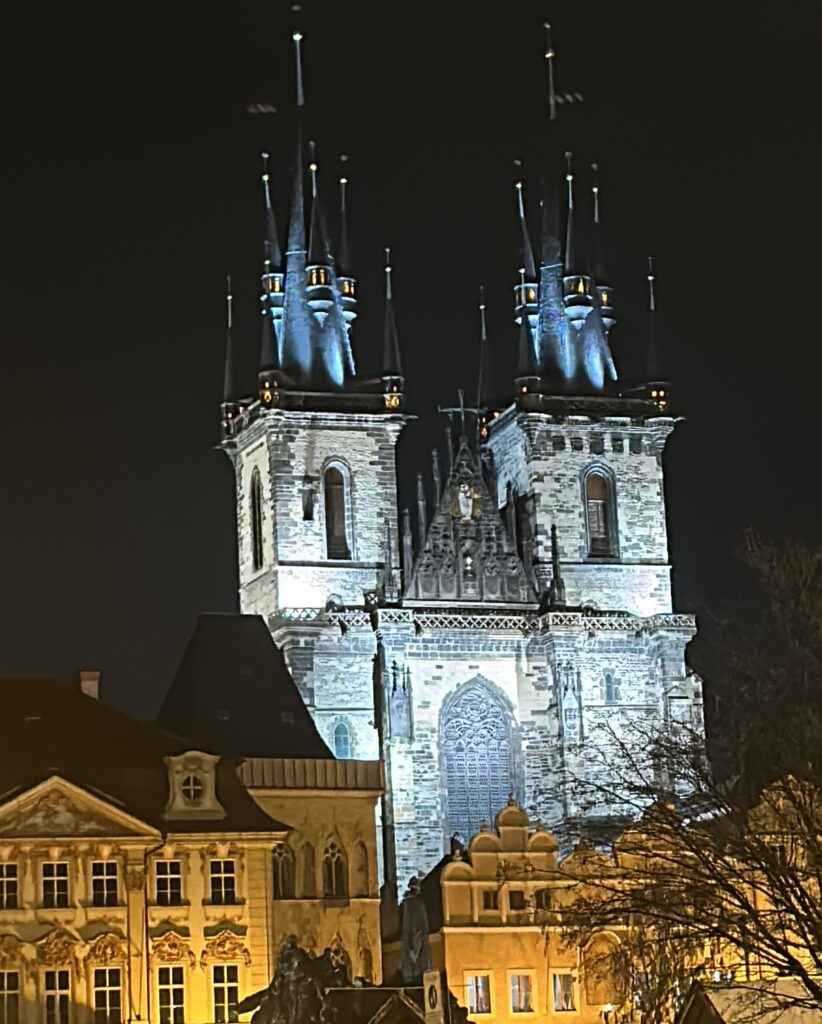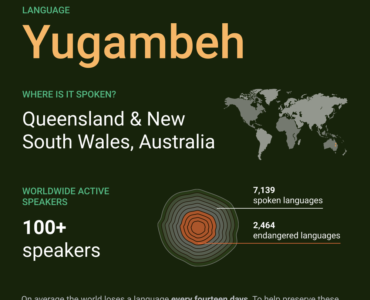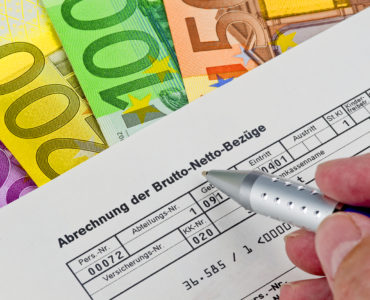The Languages of the Czech Republic
The Czech Republic, a land of rich history and diverse cultures, has a linguistic landscape as varied as its history. The predominant language, Czech, a Slavic tongue, resonates through the streets of Prague, Brno, and beyond, serving not only as a means of communication but as a vessel for the nation’s culture and traditions.
Czech is part of the West Slavic subgroup of Slavic languages, which also includes Polish, Slovak, and Upper and Lower Sorbian. It has its roots in the Slavic languages spoken in the region during the early Middle Ages. Over centuries, it has evolved and diversified, yet remained remarkably cohesive, thanks in part to the efforts to revive and standardize the language during the Czech National Revival in the 18th and 19th centuries.
This language, which is the official language of the Czech Republic, boasts several dialects that vary primarily in phonology, vocabulary, and syntax across different regions. Despite the presence of these dialects, the Central Bohemian dialects form the basis for the standard Czech used in official documents, media, and education, ensuring mutual intelligibility among the Czech-speaking population.
Minority Languages in the Czech Republic
Besides Czech, the country is home to several minority languages. Slovak, given its linguistic similarity to Czech, is widely understood and spoken, particularly by the Slovak minority residing in the Czech Republic. Other minority languages include Polish, German, and Romani, each spoken by respective ethnic minorities. The European Charter for Regional or Minority Languages protects these languages, recognizing their importance to the cultural diversity of the Czech Republic.
Furthermore, in the spheres of business and education, English and German play significant roles as foreign languages. They are widely taught in schools and are considered essential for international trade, tourism, and academic exchanges. This multilingualism reflects the Czech Republic’s open approach to global cultures and its historical ties with neighboring countries.
In the digital age, the linguistic landscape of the Czech Republic is also experiencing changes. The rise of online communication platforms and social media has introduced a new dynamic to the Czech language, with the incorporation of loanwords from English and other languages. This phenomenon is not unique to Czech; it reflects a broader trend of languages adapting to the realities of globalization and technology.

In conclusion, the languages of the Czech Republic paint a picture of a nation that values its linguistic heritage while embracing the practicalities of modern communication. Czech, with its rich history and cultural significance, remains at the heart of this linguistic mosaic, symbolizing the nation’s identity and unity. The presence of minority languages and the widespread use of foreign languages further enrich the Czech Republic’s linguistic landscape, showcasing a blend of tradition and openness to the world.
The Economy of the Czech Republic
The Czech Republic, nestled in the heart of Europe, has a diverse and robust economy characterized by well-developed industries. Leading the charge is the automotive industry, which is the country’s most significant single industry. Czechia is home to several major automobile manufacturers, including Škoda Auto, part of the Volkswagen Group, which has a substantial impact on the economy through both direct production and the extensive network of suppliers. This industry’s success is underpinned by a rich history of engineering excellence and a skilled workforce.

Beyond automotive, the country has a strong manufacturing sector that includes machinery and transport equipment, electronics, and pharmaceuticals. The machinery sector is particularly diversified, encompassing everything from traditional engineering to high-tech automation and robotics. This reflects the Czech Republic’s ability to innovate and adapt to new technological trends.
Another significant industry is information technology, with a rapidly growing software development sector. Czech companies and startups are increasingly influential on the global stage, contributing to fields like cybersecurity, fintech, and digital health.
The Czech Republic also has a long-standing tradition in the glassmaking industry, producing some of the world’s finest crystal and glassware, recognized globally for its quality and craftsmanship. This industry, while smaller in scale compared to automotive or machinery, showcases the country’s rich cultural heritage and contributes to its export economy.\

In recent years, there’s been a noticeable shift towards renewable energy and environmental technologies, reflecting a global trend towards sustainability. The Czech government and private sector are investing in renewable energy sources, including solar and wind power, aiming to reduce carbon emissions and combat climate change.
These industries, supported by a strategic location in Europe, a skilled workforce, and a focus on innovation, position the Czech Republic as a key player in the European and global economy. When you need a partner for Czech translation services, call us at GTS for fast and reliable service.
Tourism in the Czech Republic
Tourism significantly boosts the Czech Republic’s economy, with Prague leading as a prime destination. This pristine city, known for its unique architecture, offers a more affordable experience compared to other European metropolises. Its appeal is broad, attracting visitors, particularly from the UK, drawn by the remarkably low beer prices in a country that boasts the highest beer consumption per capita globally.
Despite common misconceptions, recreational marijuana isn’t fully legal, though the city’s relaxed vibe and the presence of cannabis-related shops may suggest otherwise. Combining affordable leisure options with stunning vistas, the Czech Republic promises great value for travelers seeking a memorable and budget-friendly holiday experience.





